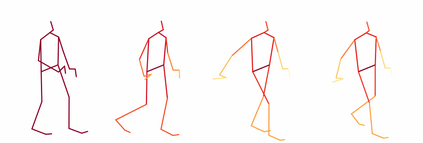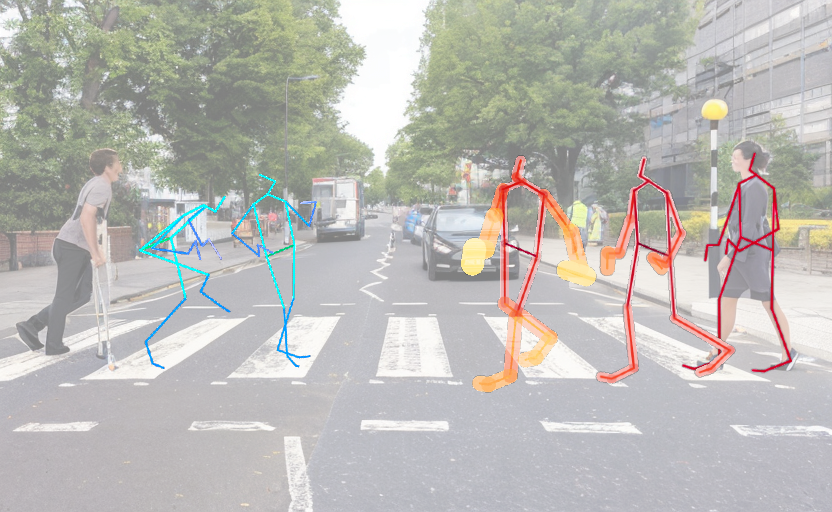Recently, there has been an arms race of pose forecasting methods aimed at solving the spatio-temporal task of predicting a sequence of future 3D poses of a person given a sequence of past observed ones. However, the lack of unified benchmarks and limited uncertainty analysis have hindered progress in the field. To address this, we first develop an open-source library for human pose forecasting, featuring multiple models, datasets, and standardized evaluation metrics, with the aim of promoting research and moving toward a unified and fair evaluation. Second, we devise two types of uncertainty in the problem to increase performance and convey better trust: 1) we propose a method for modeling aleatoric uncertainty by using uncertainty priors to inject knowledge about the behavior of uncertainty. This focuses the capacity of the model in the direction of more meaningful supervision while reducing the number of learned parameters and improving stability; 2) we introduce a novel approach for quantifying the epistemic uncertainty of any model through clustering and measuring the entropy of its assignments. Our experiments demonstrate up to $25\%$ improvements in accuracy and better performance in uncertainty estimation.
翻译:最近,人体姿态预测的方法层出不穷,旨在解决根据过去观察到的人体姿态序列来预测未来三维姿态序列的时空任务。然而缺乏统一的基准和有限的不确定性分析阻碍了该领域的进展。为了解决这个问题,我们首先开发了一个开源图书馆,用于人体姿态预测,具有多个模型、数据集和标准化的评估指标,旨在促进研究并朝着统一和公平的评估方向发展。其次,我们设计了两种类型的不确定性,以提高性能和传达更好的信任:1)我们提出了一种建模自由度不确定性的方法,通过使用不确定性先验来注入知识并聚焦于更有意义的监督方向,从而减少学习参数的数量,提高稳定性;2)我们引入了一种新颖的方法,通过聚类并测量其分配熵来量化任何模型的认知不确定性。我们的实验表明,在精度方面提高了25%,并在不确定性估计方面表现更好。






